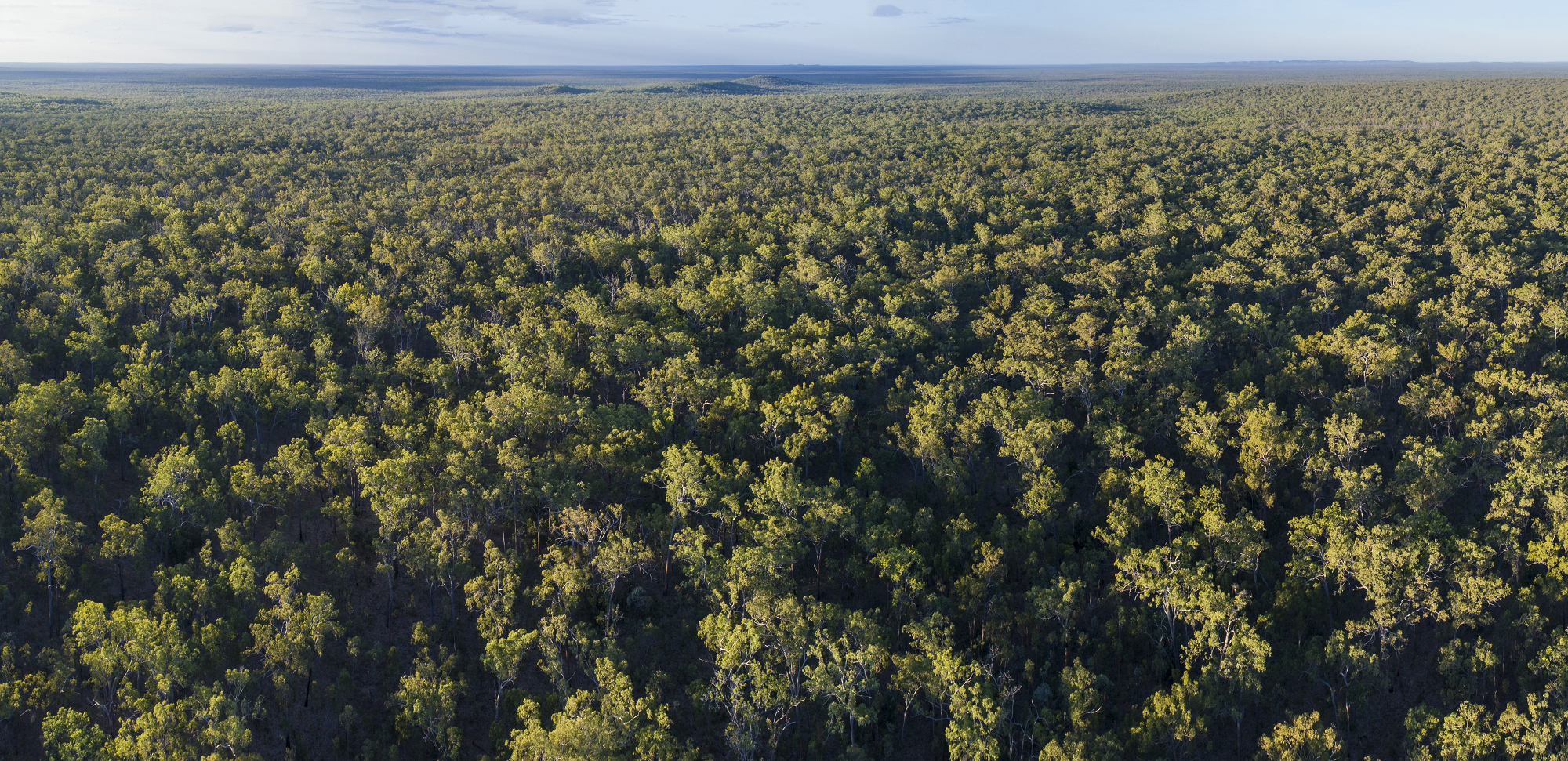Watch on Nature
The Wilderness Society’s new web-based app is exposing deforestation across Australia—and will put a stop to the deforestation crisis.
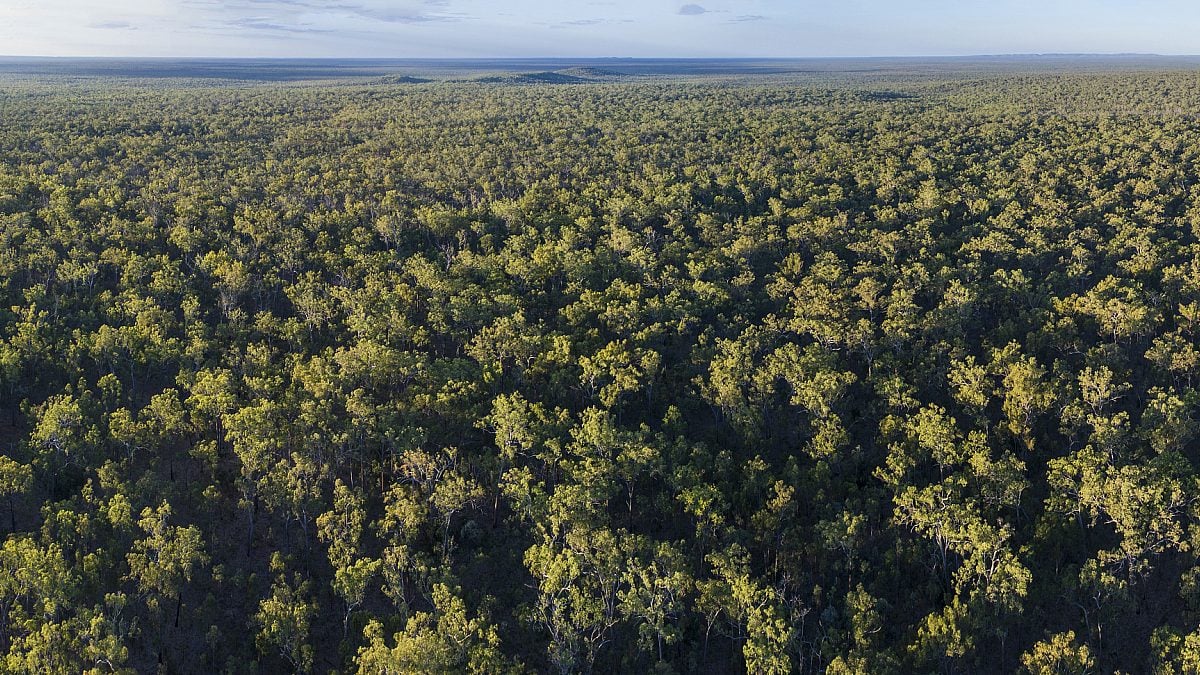
Here’s everything you need to know about the deforestation crisis taking place across Australia.
Australia's forests and bushland are some of the most remarkable and unique ecosystems on Earth. But Australia is also a deforestation hotspot, alongside places like the Amazon and Borneo.
Every year in Australia, forests are changed forever. Logged, cleared and burnt. Degraded forests take hundreds, perhaps even thousands, of years to recover. Deforestation kills tens of millions of native animals—and leaves countless animals without a safe home—pushing entire species, like the koala, to the brink of extinction. And nearly half of Australia’s forest cover has been destroyed in the last 200 years. Learn about the Wilderness Society's plan to protect special forests right across this continent—forests found nowhere else on Earth.
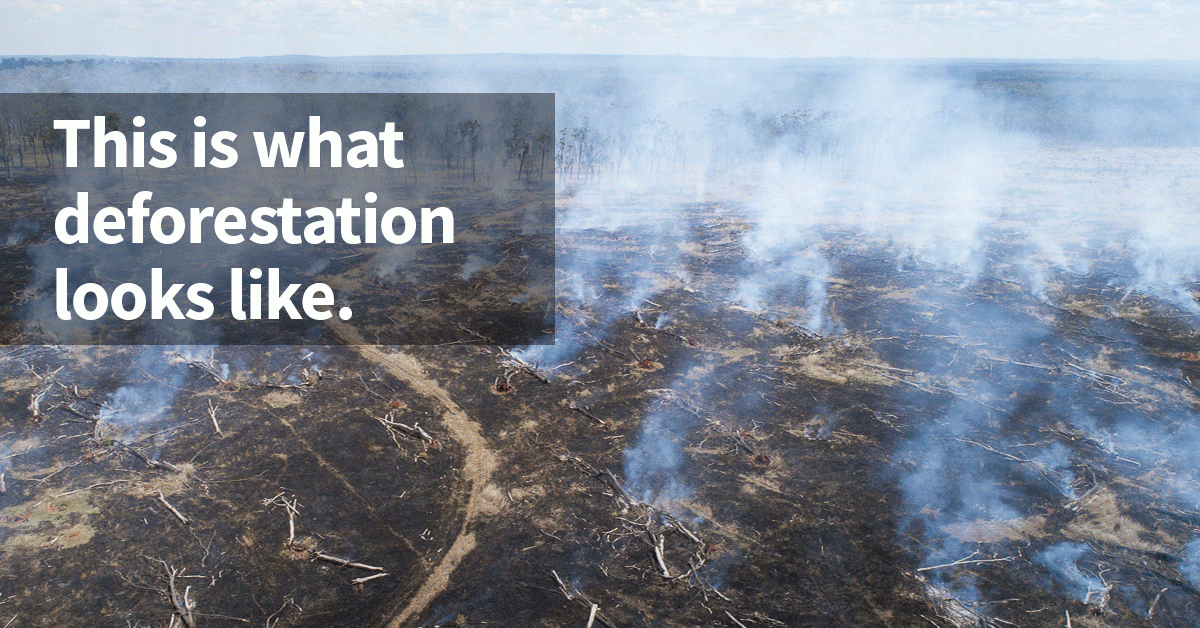
The major causes of deforestation and land clearing in Australia include:
🐄 Large-scale agriculture—to graze livestock or grow cotton
💎 Mining, such as for bauxite
🪵 Logging for timber, paper and pulp
You might have seen this yourself: trees and bushland getting destroyed in your local area. This is happening all over the country—and what you see is just the tip of the iceberg. The really vast deforestation is usually happening out of sight in regional and rural areas
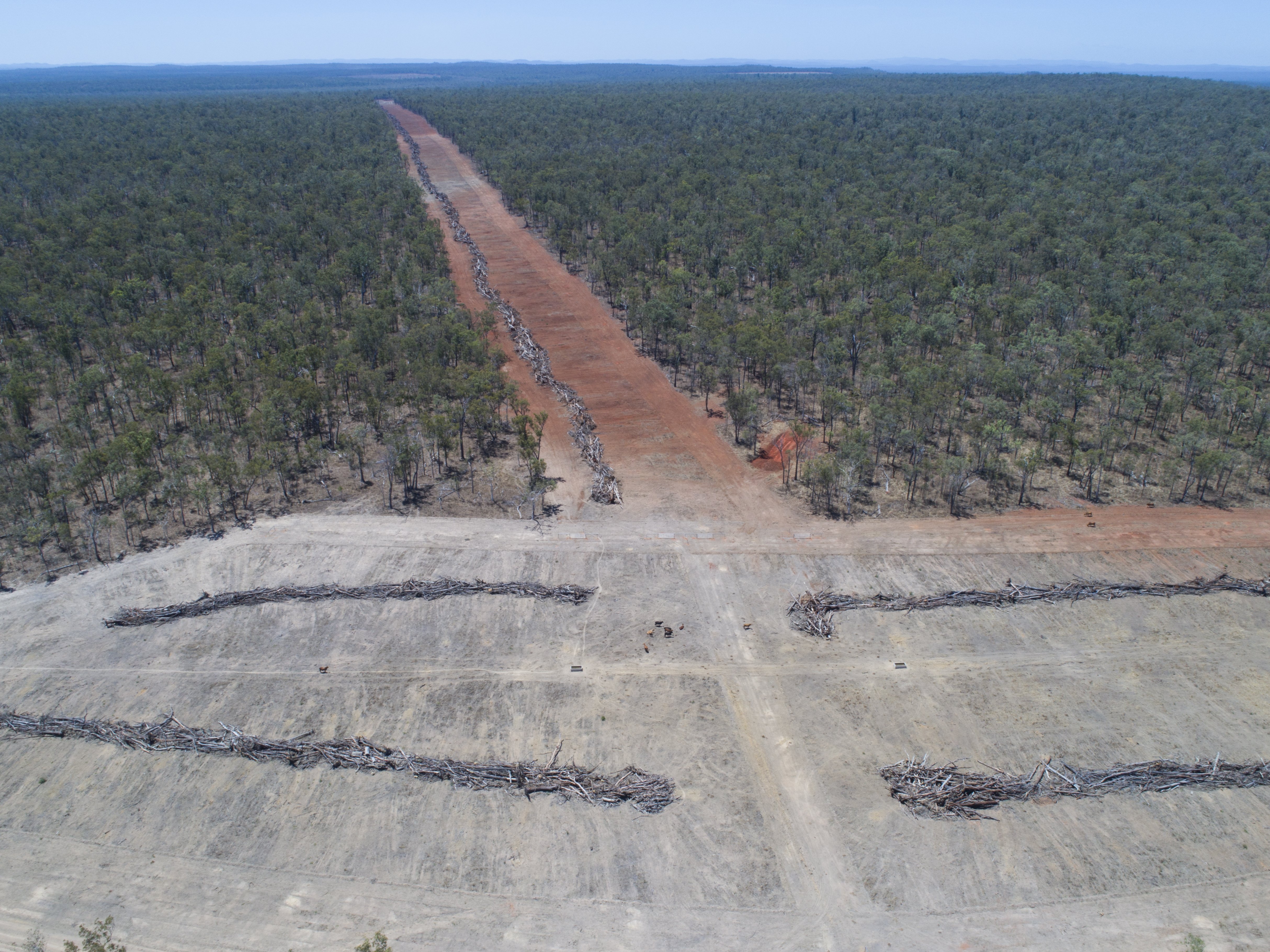
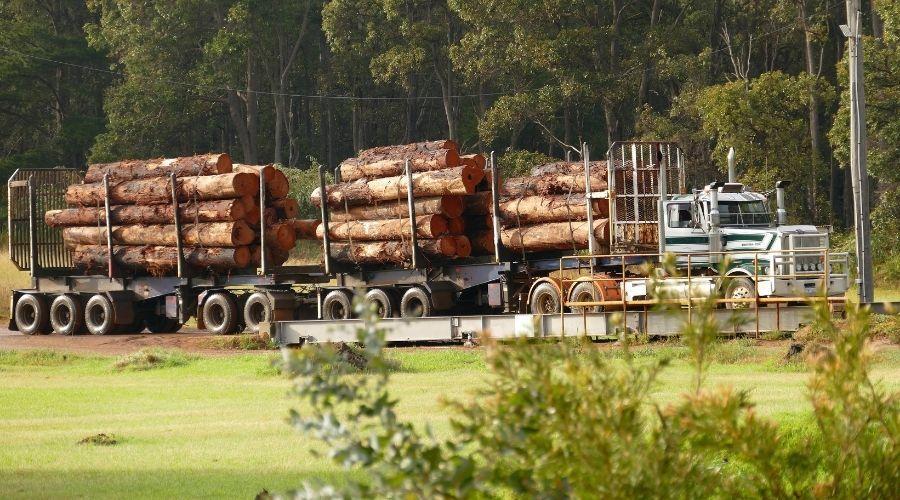
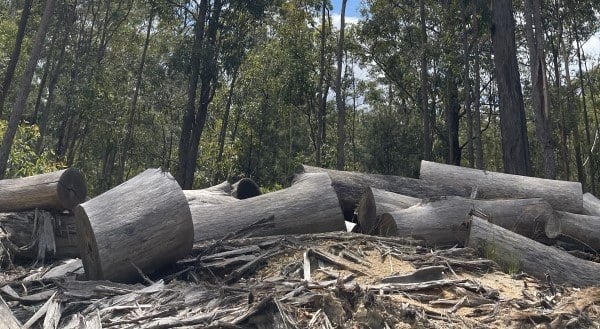
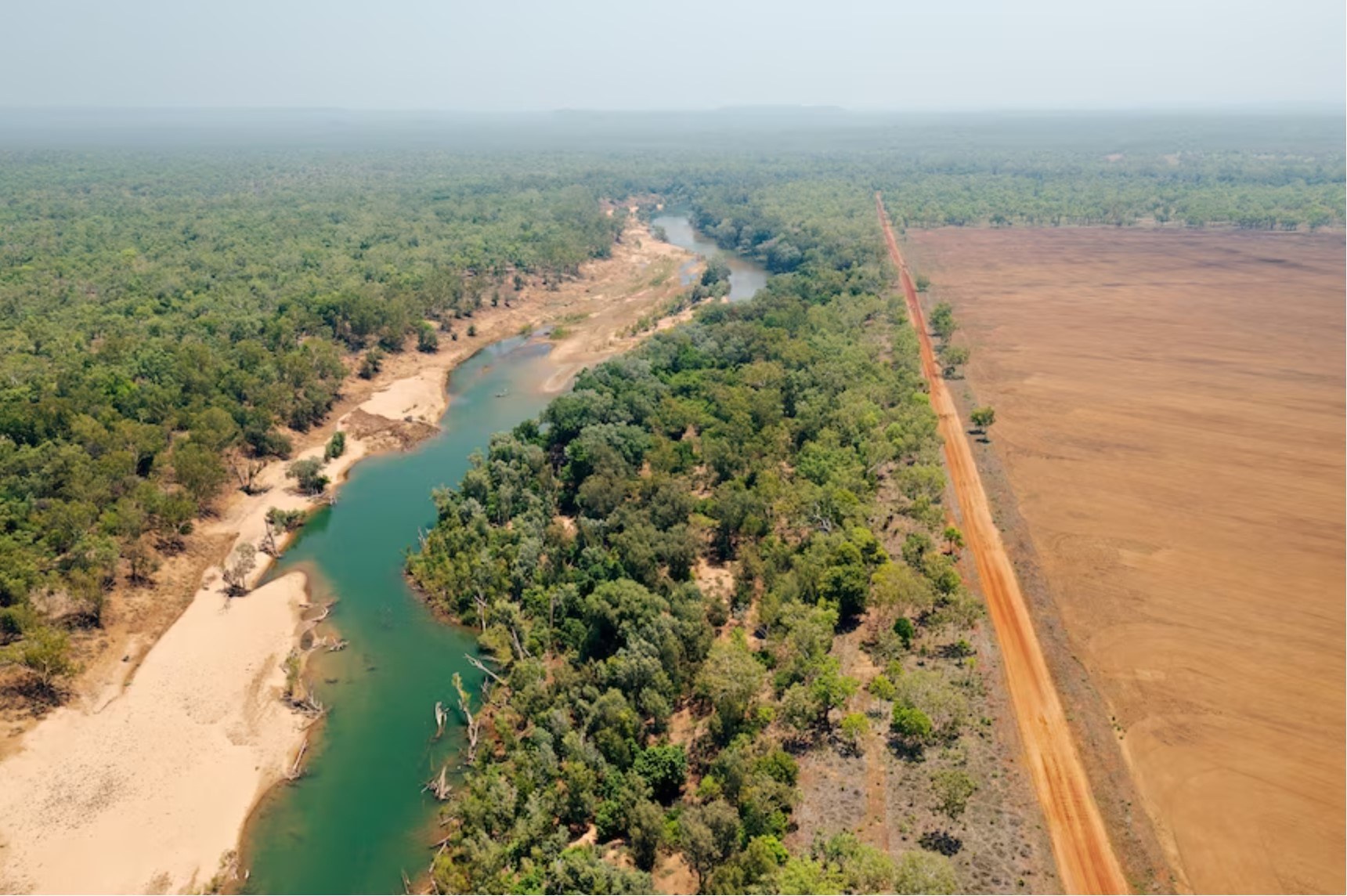
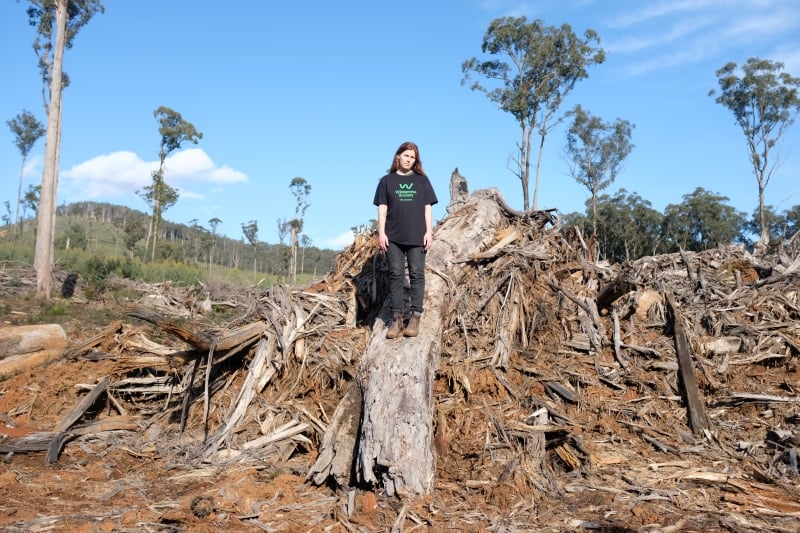
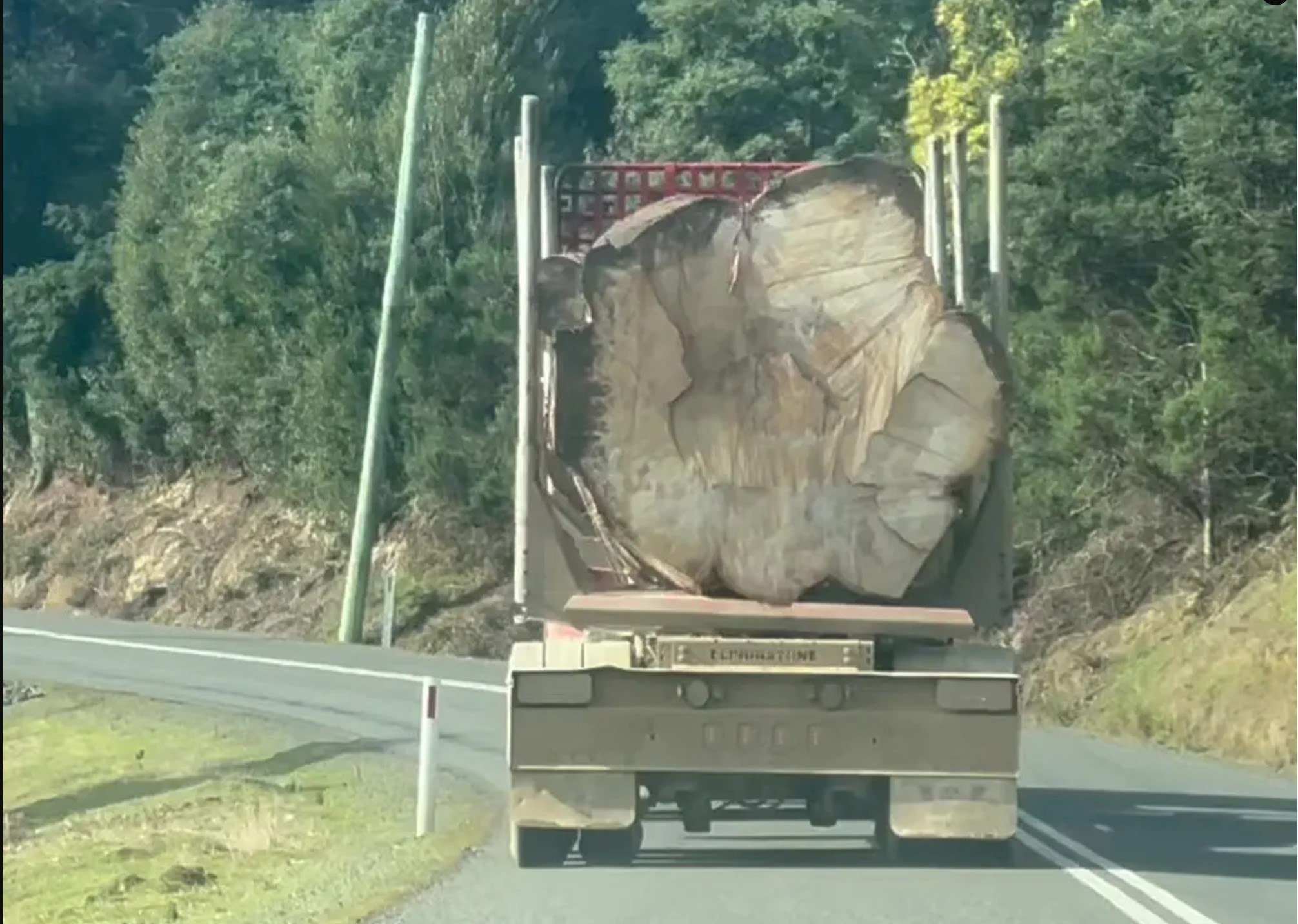
The bulk of clearing is for the grazing of cattle and sheep. In 2019-2020, 147,575 hectares of land clearing in Queensland within known and likely koala habitat was to create pastures for beef production.
No public data exists that reveals where or how much native vegetation is cleared illegally. Significant volumes of government-approved clearing is for mining, urban development and agricultural expansion in the Kimberley. Bauxite mining is a leading driver of deforestation in one of the world’s biodiversity hotspots, home to hundreds of endemic species: the Northern Jarrah Forests.
Over 80% of the clearing is for agriculture and forestry, and infrastructure accounts for 14%. Shockingly, logging continues to happen in areas where precious forests are still recovering from bushfires, including for example within the boundaries of a proposed Great Koala National Park. Image: Victoria Jack
Home to some of the largest intact savannah remaining anywhere on Earth, the NT is not safe from deforestation. The expansion of the cotton industry, as well as fracking for gas are some of the major threats to these fragile ecosystems. The NT Government itself has a target to provide 100,000 hectares of land to the cotton industry—a goal that would cause devastating rates of deforestation. Image: ABC News/Michael Franchi
Under the cumulative impacts of deforestation and bushfires, Victoria’s tall forests are struggling to recover. For example, Only 1% of the unique Central Highlands mountain ash ecosystem remains unlogged and unburnt. While industrial native forest logging will end in 2024, it remains unclear whether forests will be properly protected in the long term, and communities benefited through the creation of the Great Forest National Park and the Emerald Link. Image: Meg Bauer
These spectacular forests are still subjected to deforestation, putting iconic species like the swift parrot and Tasmanian devil on a fast track to extinction. The State logging agency has plans to log over 800,000 hectares of these globally significant forests.Giant old trees that provide vital hollows for animals are still being logged.
🐂 Deforestation for cattle grazing
Bulldozers drag thick chains through the landscape, snapping trees like matchsticks. When forests are cut down to expand agricultural or mining lands, the wood isn’t used for anything—it’s burned or left to rot. Carbon once stored in trees and soil goes back into the atmosphere. This wastes up to 10% of Australia’s carbon budget.
🚜Deforestation for bauxite mining
For the purposes of bauxite mining, the trees and topsoil are removed by bulldozers and scrapers. A pit is created to access the bauxite. The wood that is cleared to make way for mining is harvested and used for a range of purposes including building, furniture making and industrial products. The remaining vegetation and stumps are burned.
🪵Deforestation for pulp & paper & timber
For decades, and at least until the start of 2024, tall forests are turned into paper, packaging or timber products. The usual method of deforestation for this is industrial clearfell logging, whereby all trees within a defined area are cut down, and the remaining vegetation is burned. The bulk of the trees are pulped.
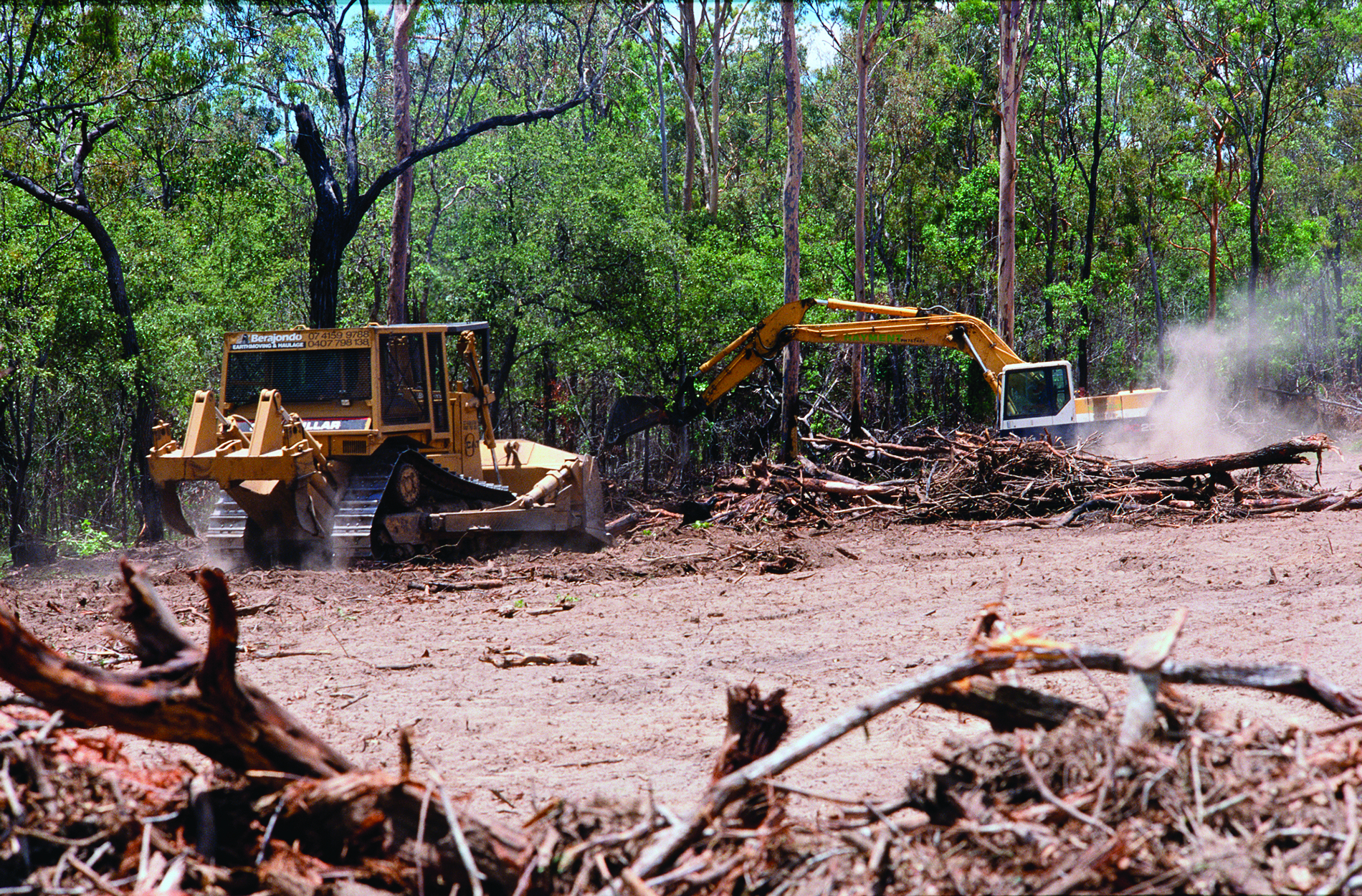
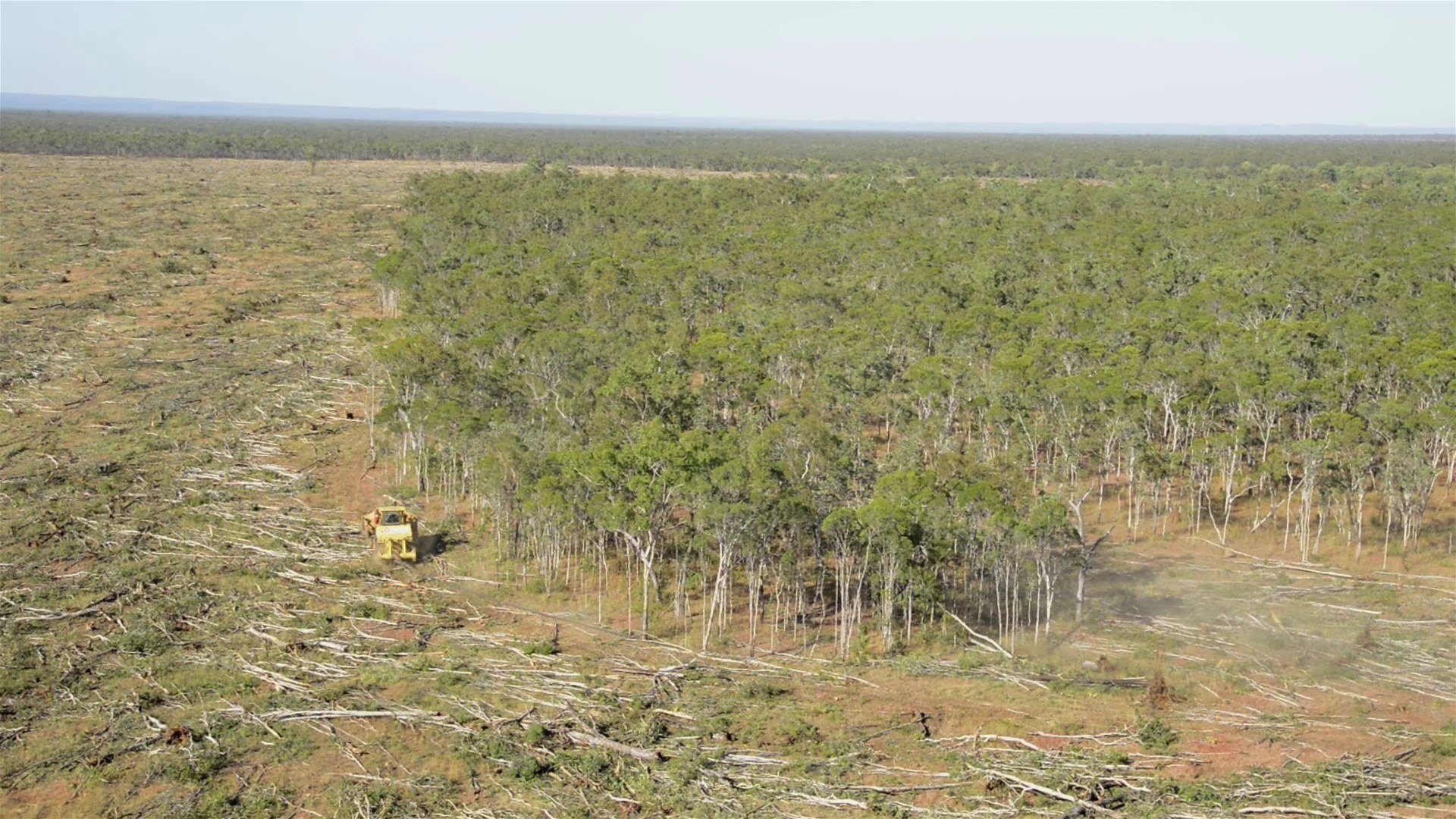
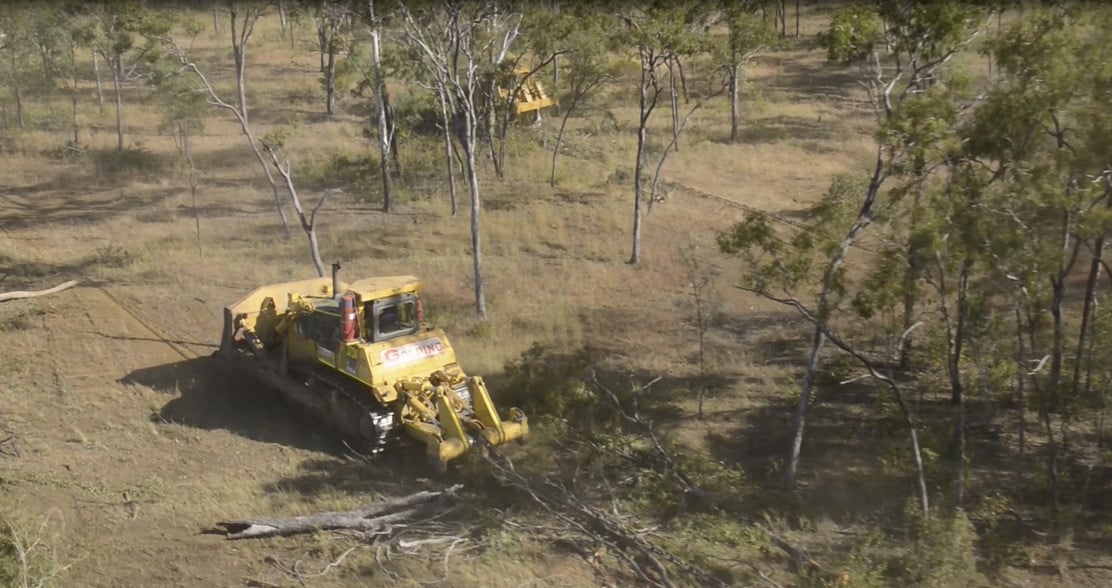
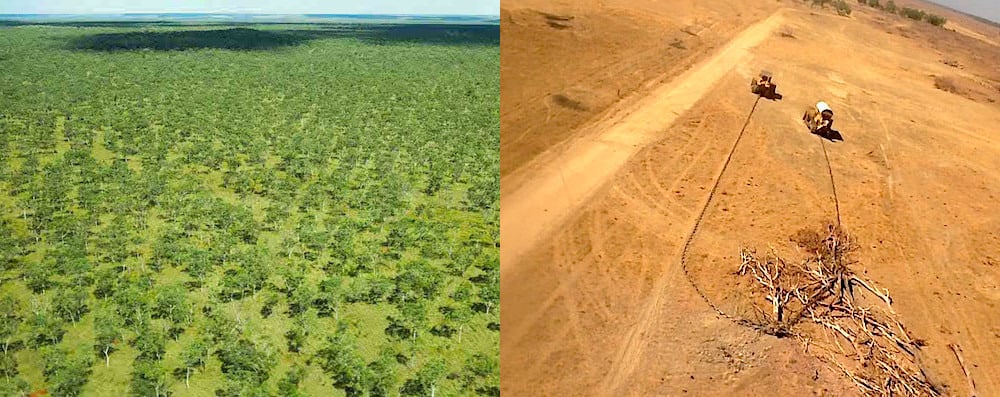
This is a nationwide problem. Queensland has the highest rates of deforestation on the continent, where up to 418,656 ha is being cleared in a year, destroying habitat for native animals. New South Wales and Western Australia also have high deforestation rates.
Deforestation is also a critical problem in southern Australia, notably Lutruwita/Tasmania and Victoria, where high conservation value forests are still under threat, as well as in the Northern Territory where savanna and tropical open forests are disappearing for cotton and fossil fuel gas production.
Sadly, deforestation is happening across the country and vital native species habitat is being destroyed. It is impossible to measure the exact figures of deforestation Australia-wide because the government doesn’t even collect them. In the parts of Australia where better data exists, like Queensland and New South Wales, the numbers are alarming.
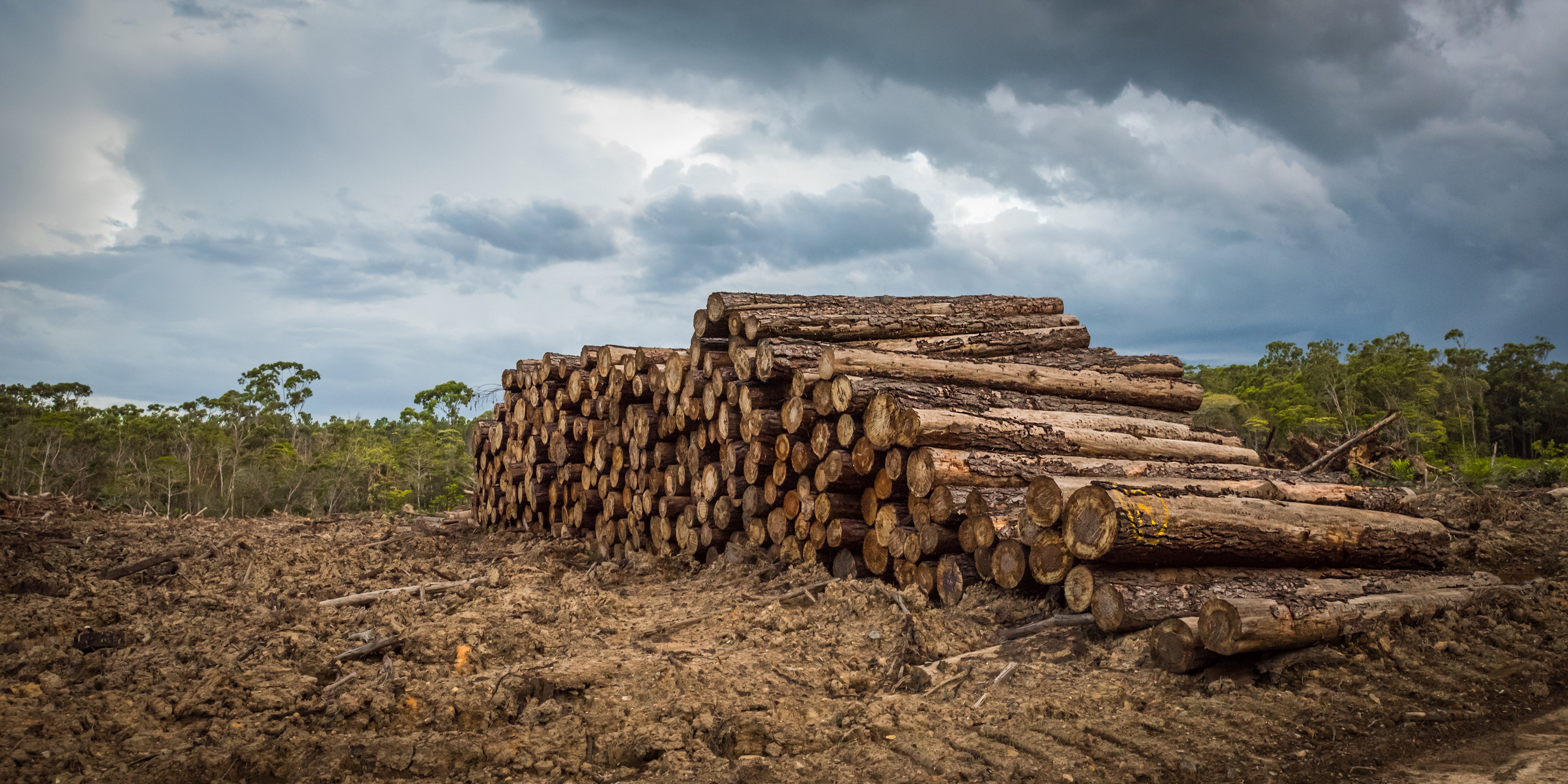
There are many impacts of deforestation on nature and communities. And it’s not just the animals and people that live in and around the forests that are affected.
🔥 Climate change
Deforestation is a key contributor to human-caused climate change. Trees absorb and store carbon dioxide and the greenhouse gases humans create. If forests are cut down or burnt, they can no longer do this job—and these gases are released into the atmosphere.
🐨 Wildlife impacts
When forests are destroyed, entire ecosystems are disrupted. There’s an immediate decline in biodiversity, and continued, large-scale deforestation is pushing some Australian animals to the brink of extinction.
🌾 Soil erosion
Forests and bushland influence rainfall, water and soil quality—and even help prevent floods. Trees help the land to retain water and topsoil. Without forests, the soil erodes and washes away. The barren land is then more likely to flood.
💛 Cultural impacts
Many First Peoples have a deep cultural obligation to care for Country. Deforestation often occurs without the consent of First Nations people, and can put significant and sacred sites at risk of damage.
💧Water quality
Deforestation affects water quality and quantity. When a forest is cut down, soil can flow into waterways.
🌾Invasive species
Deforestation disturbs ecosystems, thus facilitating the presence of invasive species.
Deforestation affects most of Australia’s threatened species. Some of these include:
Deforestation is also the greatest threat to koalas in Queensland and New South Wales.
Plus: deforestation in Queensland is smothering our globally significant Great Barrier Reef—destroying vital habitat for countless marine life—with sediment and chemical run-off.
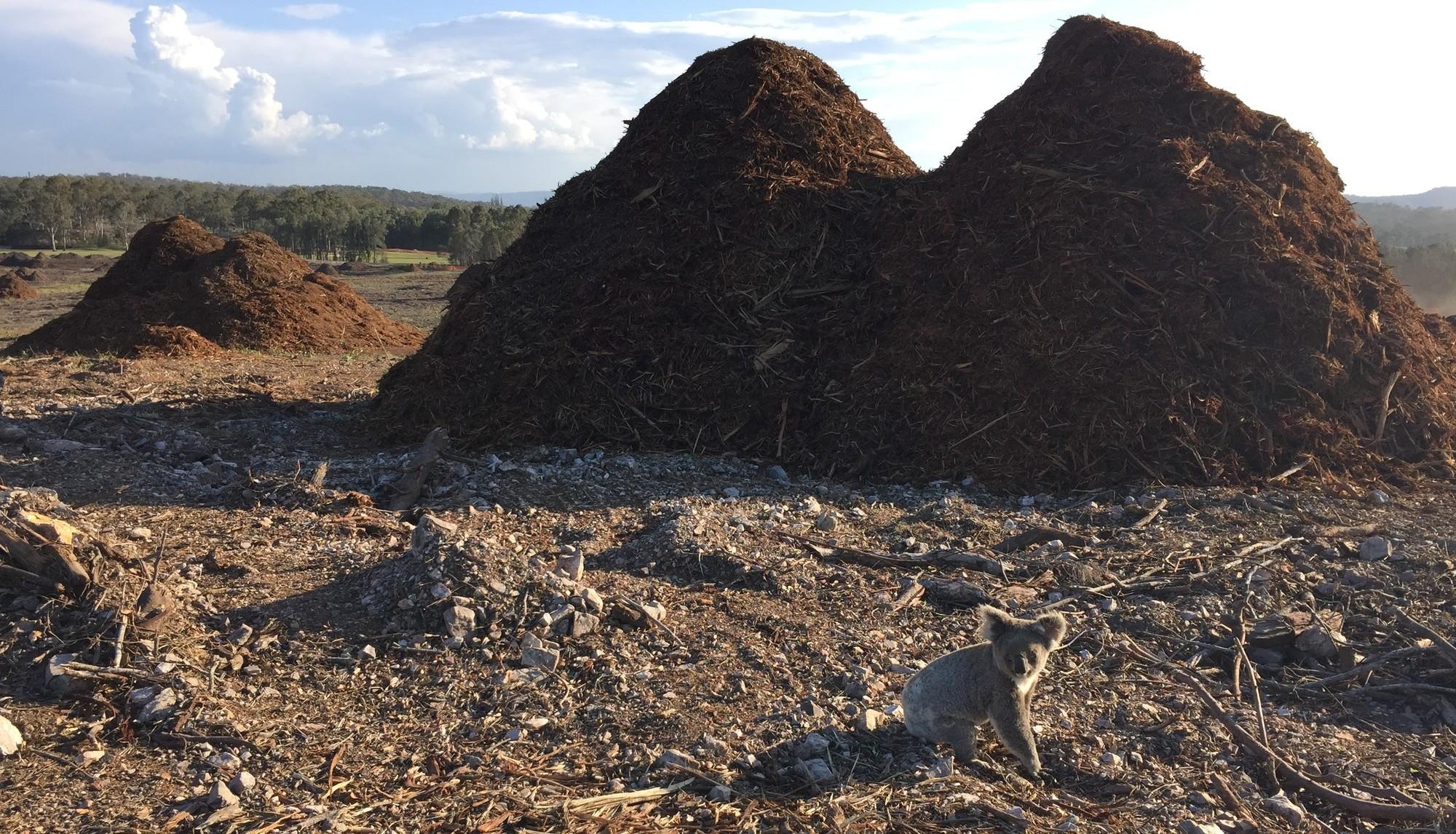
Replanting trees is an important action that brings some balance back to our landscapes, but unfortunately Australia is not doing enough of this. As an example, Queensland is attempting to address this as part of its $500 million Land Restoration Fund, advocated for by the Wilderness Society, but it can take decades for trees to become hollow-bearing or for forests to sustain certain species. We need to protect more of what we already have now.
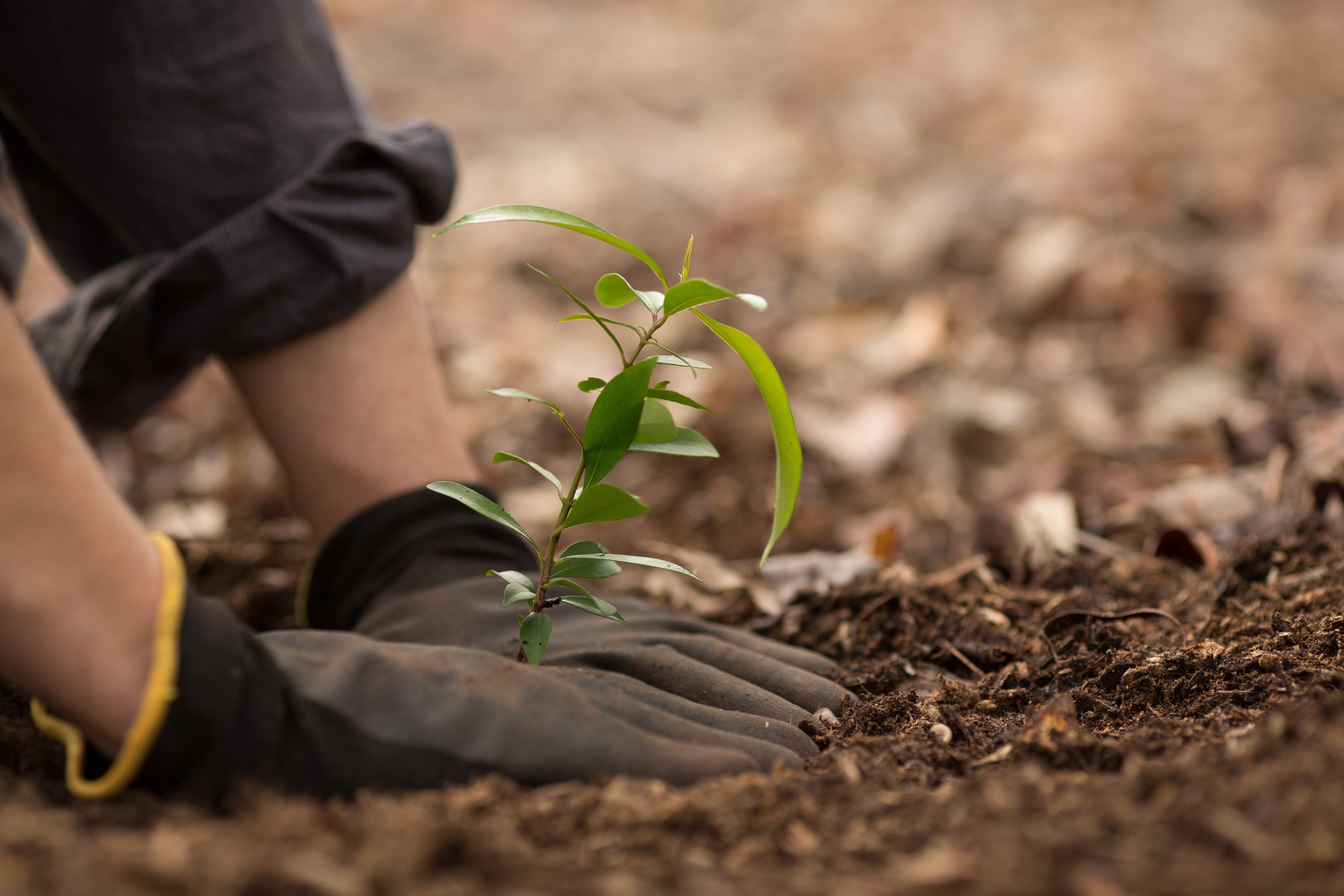
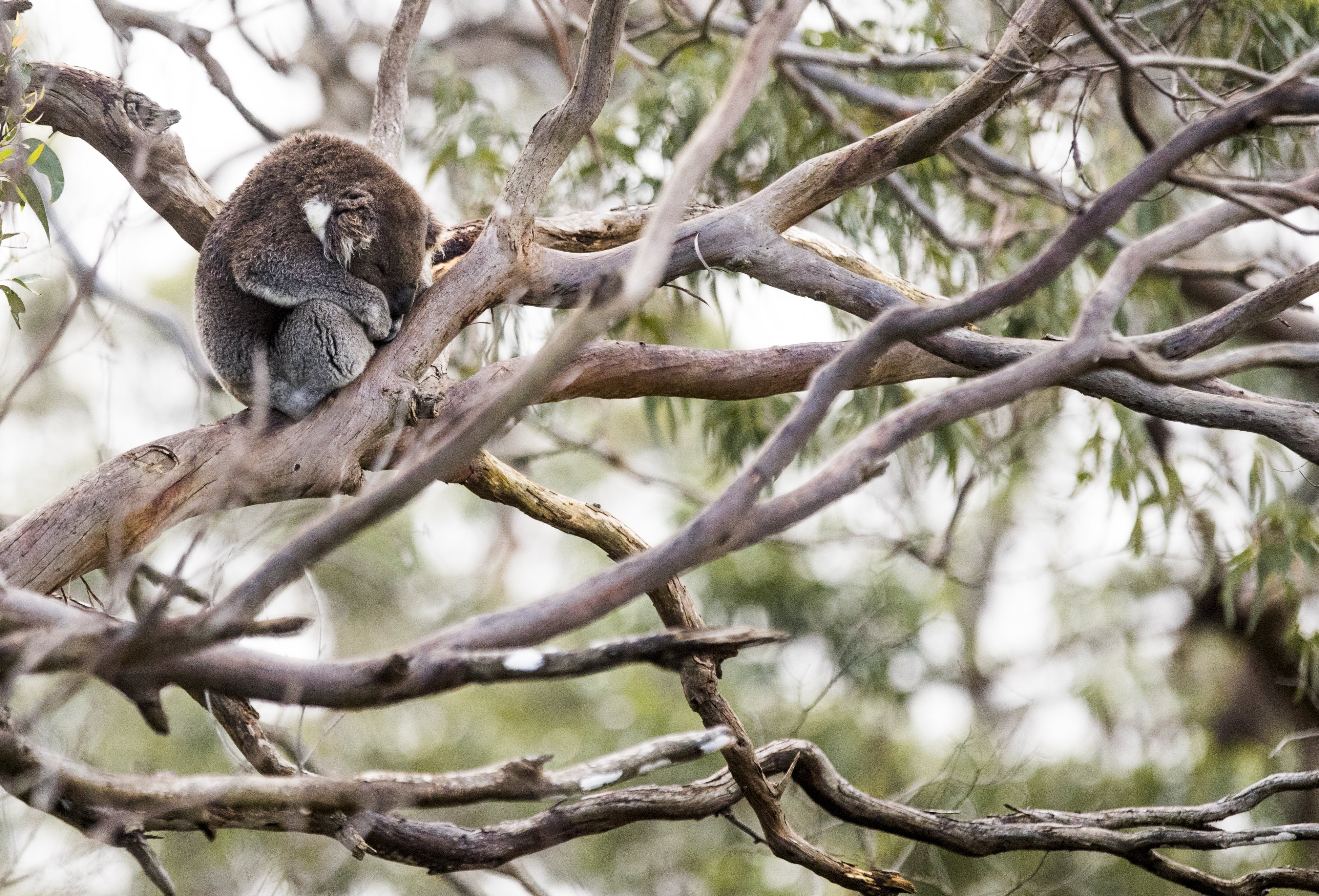
Calling on Big Business to source and sell products free from deforestation
Advocating for stronger state and federal laws that support the life our lives depend on, and ensure special forests are protected
Campaigning for consistent, national environmental community rights—because when communities and First Nations people have a genuine say in decisions that affect the environment, there are better outcomes for nature and people
Monitoring satellite imagery and documenting clearing to uncover deforestation as it happens
Influencing European banks and policymakers to cut ties with Australian deforestation
Building a case for restoration funding as a climate solution
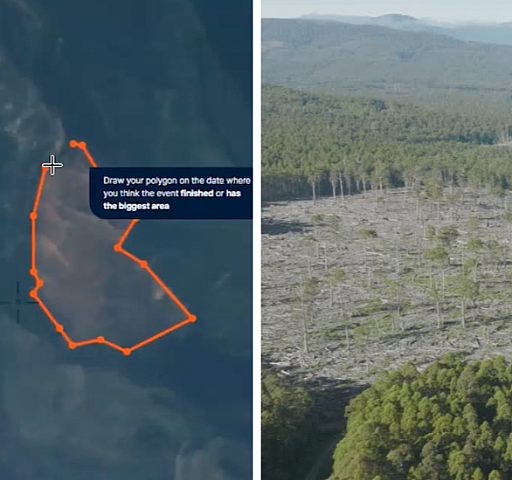
The Wilderness Society’s new web-based app is exposing deforestation across Australia—and will put a stop to the deforestation crisis.
When you hear facts about Australia’s deforestation crisis, the scale of devastation happening across the country can be overwhelming. But there are steps you can take, right now, to halt this destruction. And your actions will make a difference.
Click here to find out five easy steps you can take to help Australia reverse course and end deforestation for good.